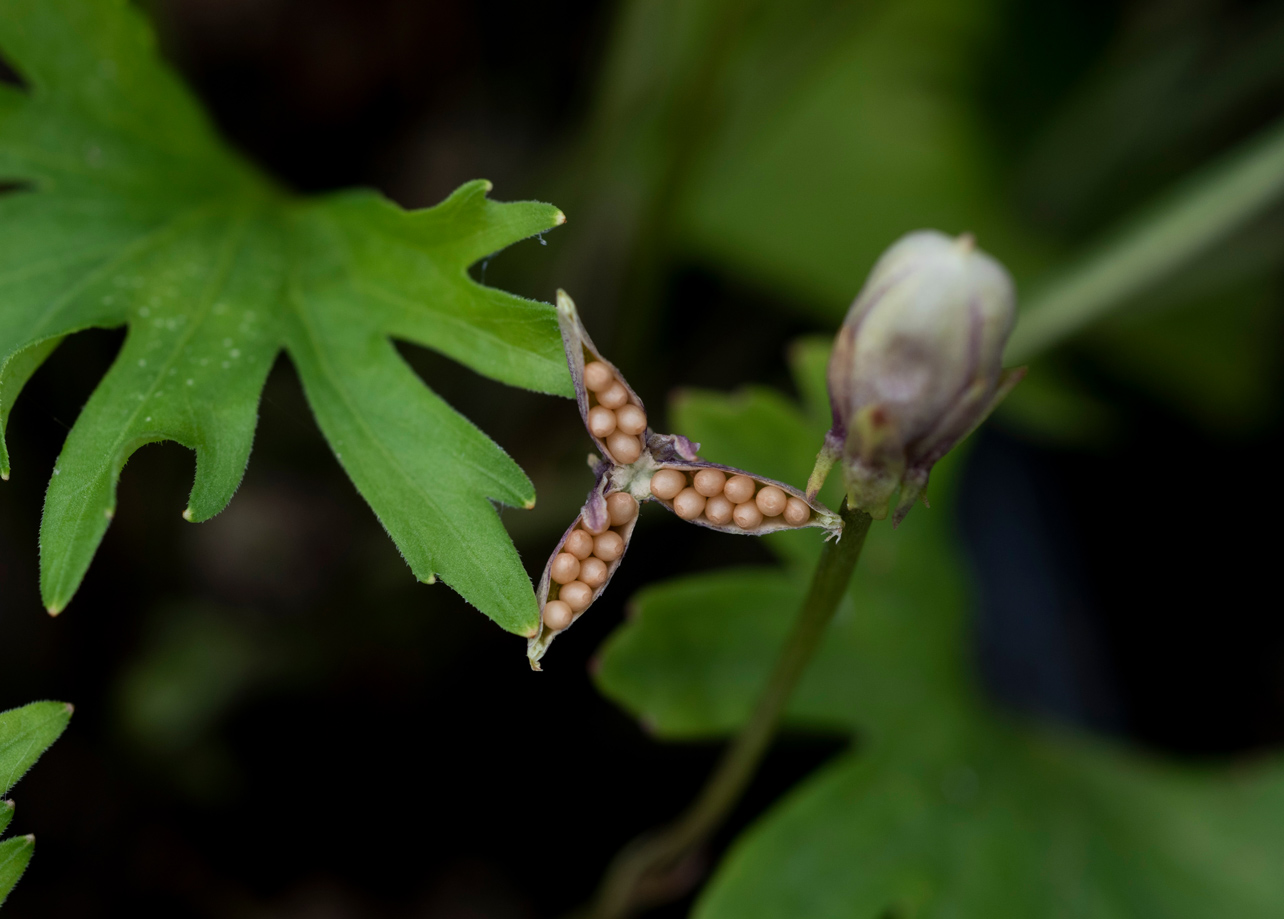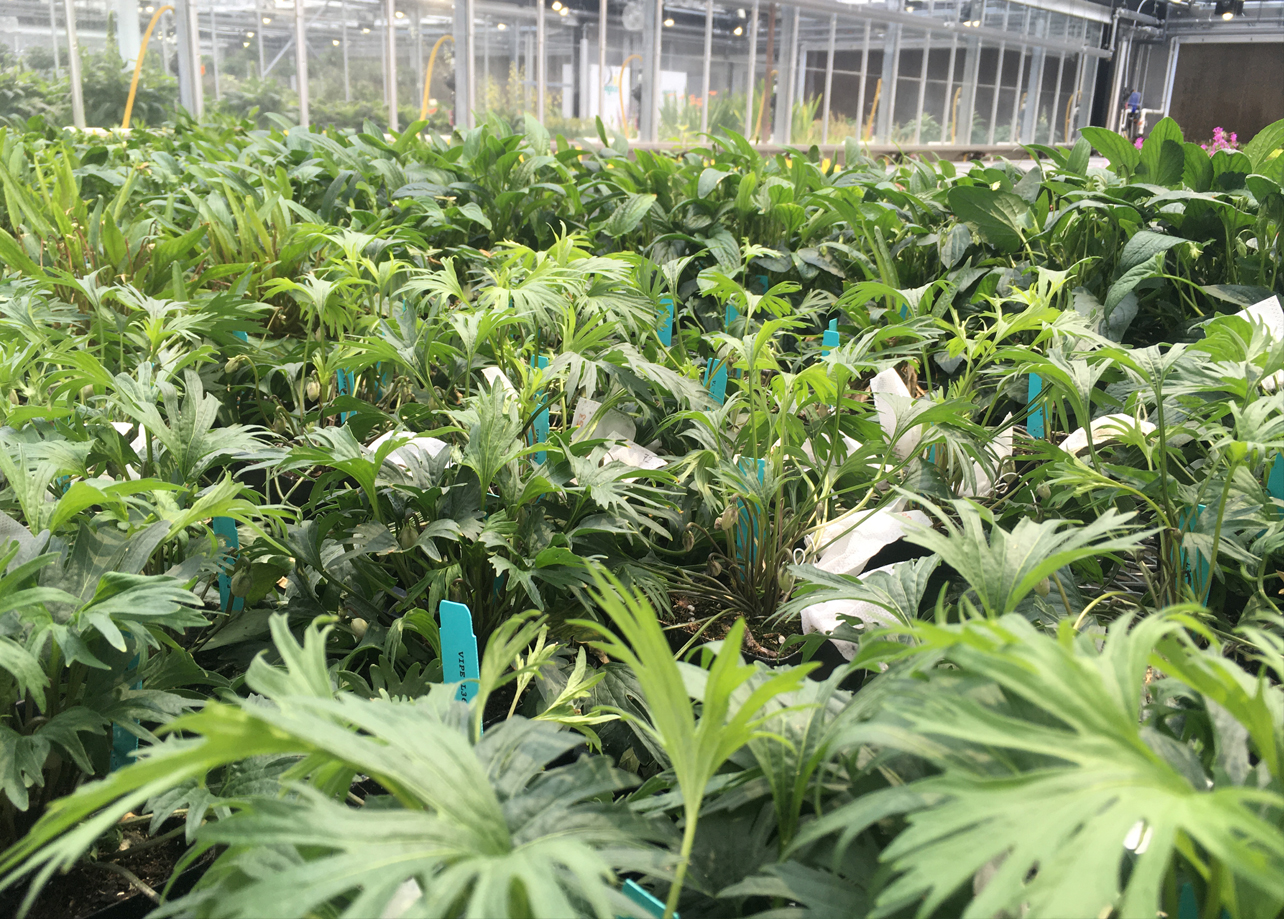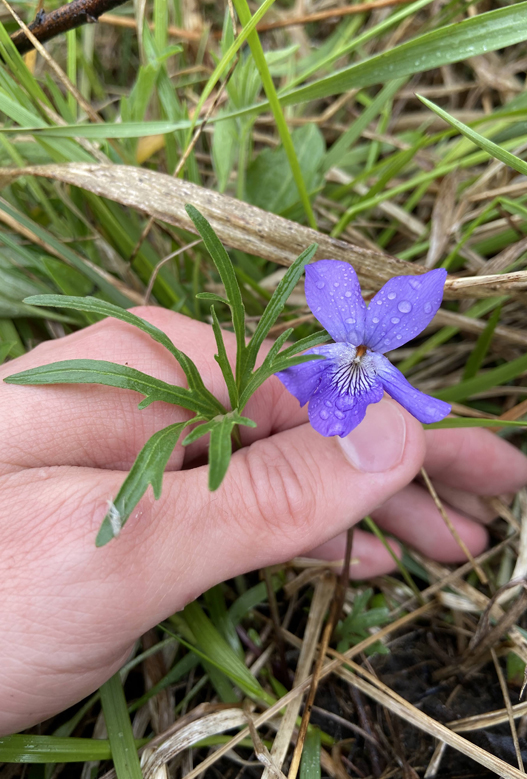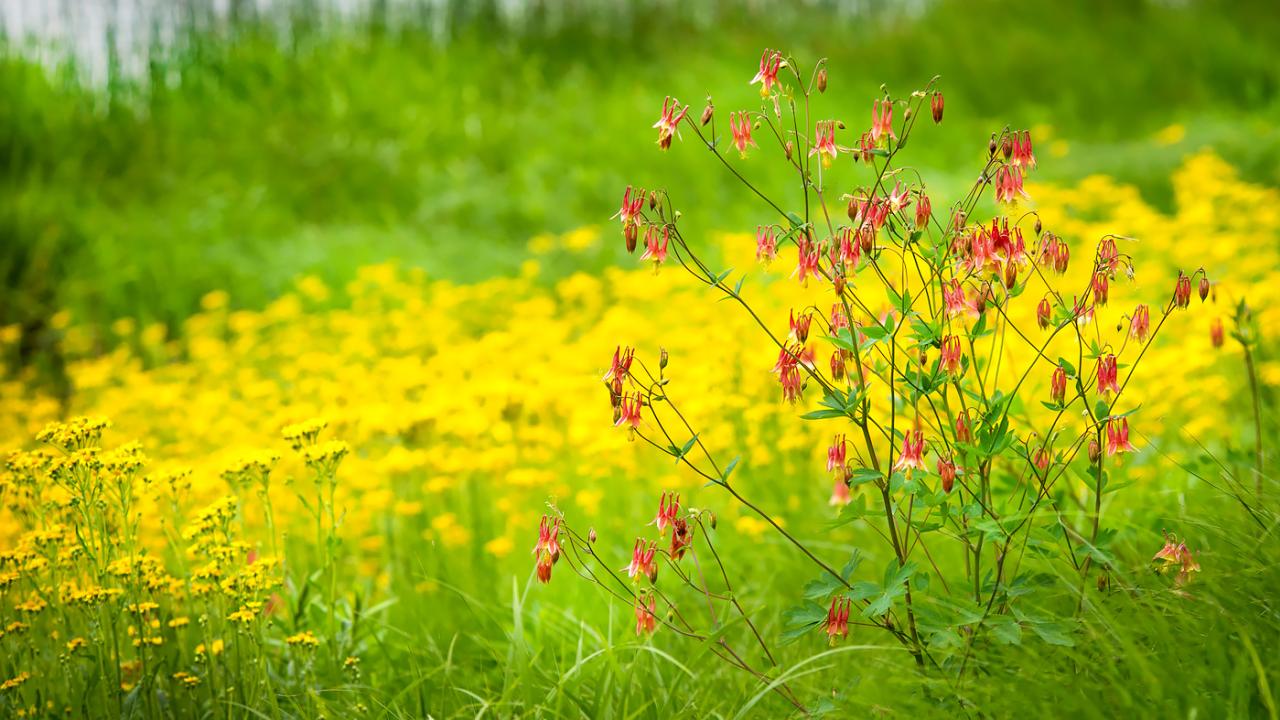

Plant Science &
Conservation
Garden Stories
Where Have All the Violets Gone?
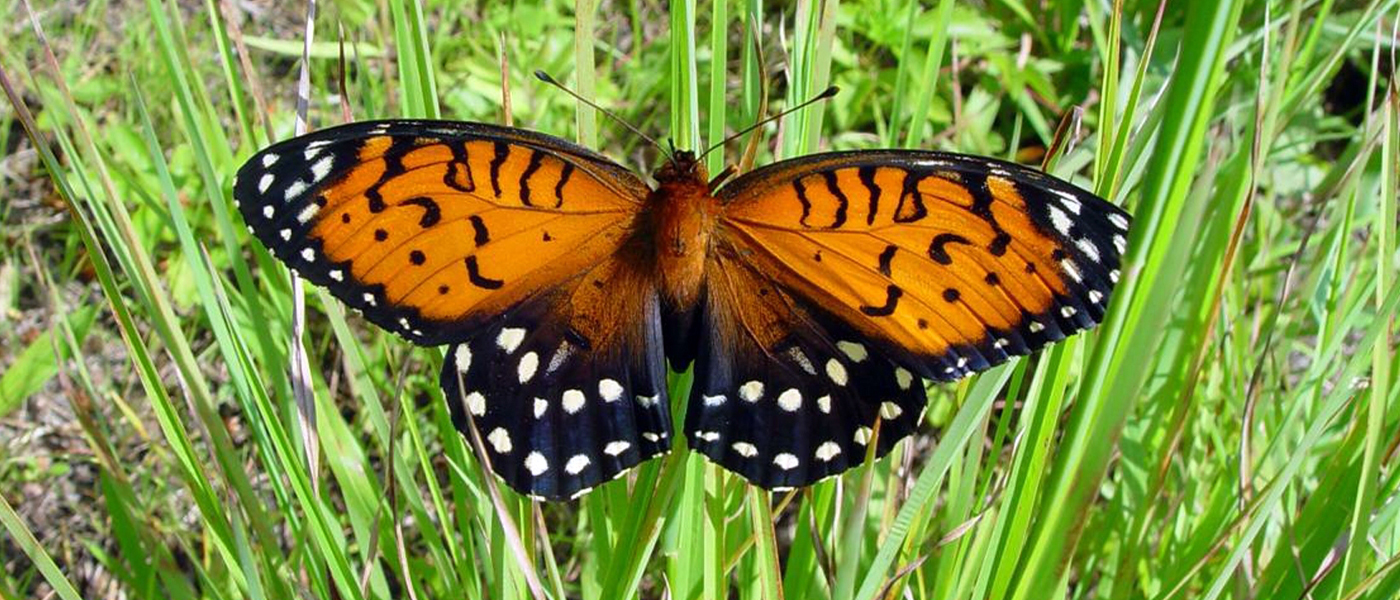
Regal fritillary butterfly (Speyeria idalia).
Garden Scientists Help Find Missing Prairie Species
As spring wakes up our prairies, tiny regal fritillary caterpillars begin an urgent search for young violet leaves—the only food they eat.
Regal fritillary butterflies once lived in a world of endless prairies filled with violets (Viola species) for their caterpillars. Now, they find themselves in small fragments of prairie surrounded by pavement and farmland.
Their future largely depends on our ability to restore the prairies they evolved with—but in countless prairie restorations, the violets are missing. And it’s not just violets. Even in the most carefully planned and managed restorations, many native plant species fail, leaving prairies with fewer species and fewer relationships.
“A diverse prairie restoration is more resilient to challenges like climate change,” said Andrea Kramer, Ph.D., senior director of restoration ecology at the Chicago Botanic Garden. “It’s a prairie that’s sequestering carbon, filtering stormwater, supporting wildlife—and being beautiful. As species disappear, we lose those benefits and resiliency.”
Why do some species go missing? It’s hard to know without investigating—species by species and restoration by restoration.
That’s why nearly 20 collaborators from the Garden and other institutions built a tool that guides land managers through an investigation, asking why a species failed and how they might successfully reintroduce it. The tool is inspired by violets and now guides the Garden’s efforts to reintroduce violets into prairie restorations.
Left: Prairie violet (Viola pedatifida) fruit split open with seeds ready to be dispersed. Right: Downy yellow violet (Viola pubescens) seeds.
Collecting flying violet seeds
When violet seeds are ready for collection, there’s a good chance they’ve already exploded out of their capsule and landed up to 15 feet away.
“They are so impressive, so cool,” said Kramer. “Ants eat the little fatty deposits on the end of violet seeds, so after a seed lands, ants take it back to their nest and leave it in a nutrient-rich space to grow.”
Figuring out when to collect seeds before they fly away is just one challenge of getting these low-growing species—like bog white violet (Viola lanceolata), prairie violet (V. pedatifida), and arrow-leaved violet (V. sagittata)—to survive in prairie restorations.
Left: Bog white violet (Viola lanceolata). Photo by Reuven Martin. Right: Arrow-leaved violet (Viola sagittata). Photo by Tony Ernst.
How the seeds are stored, the length of time until planting, and how long seeds spend in cold stratification (a process that mimics winter dormancy) all impact whether they will germinate and grow. When you consider where to collect seeds, the site conditions of the restoration, and how all these factors influence genetic diversity—things get complicated.
“As we developed best practices for reintroducing violets, we started thinking about all these missing species and all the potential reasons they could fail in a restoration,” said Kramer. “We realized—we need a framework to give land managers a standard process for investigating these problems.”
Left: Prairie violet (Viola pedatifida) in the Garden’s Production Greenhouse. Right: Prairie violet in the wild. Photos by Marcello De Vitis.
A tool to build relationships and save relationships
Garden scientists working under our Synthesis Center for Conservation and Restoration (sCORE) looked at hundreds of studies from the past 30 years to develop the tool for land managers.
“There was a lot of knowledge out there that hadn’t been pulled together, especially that combined science and land stewardship,” said Kramer. “There is a lot of power in synthesis work—being able to look at multiple sites, states, countries and ask, what are the big trends or universal truths we can find by considering all this information together?”
The tool guides land managers through a series of questions that examine how the restoration is managed, soil and climate conditions, genetics, and relationships with other plants, animals, or fungi. And then, it provides potential solutions to test—like sourcing seeds from a different location, managing the restoration to attract a missing pollinator, or changing the frequency of prescribed burns.
“We hope it will help land managers think about things they haven’t considered that are limiting the success of their restorations,” said Kramer. “Some that are easy to tweak, some that may require reaching out to a scientist to do some lab-based tests.”
And for scientists? Kramer hopes the tool helps them better understand what land managers are up against. Because stronger relationships between scientists and land managers ultimately support the relationships—like violets and regal fritillaries—that make our prairies resilient, valuable, and beautiful.


